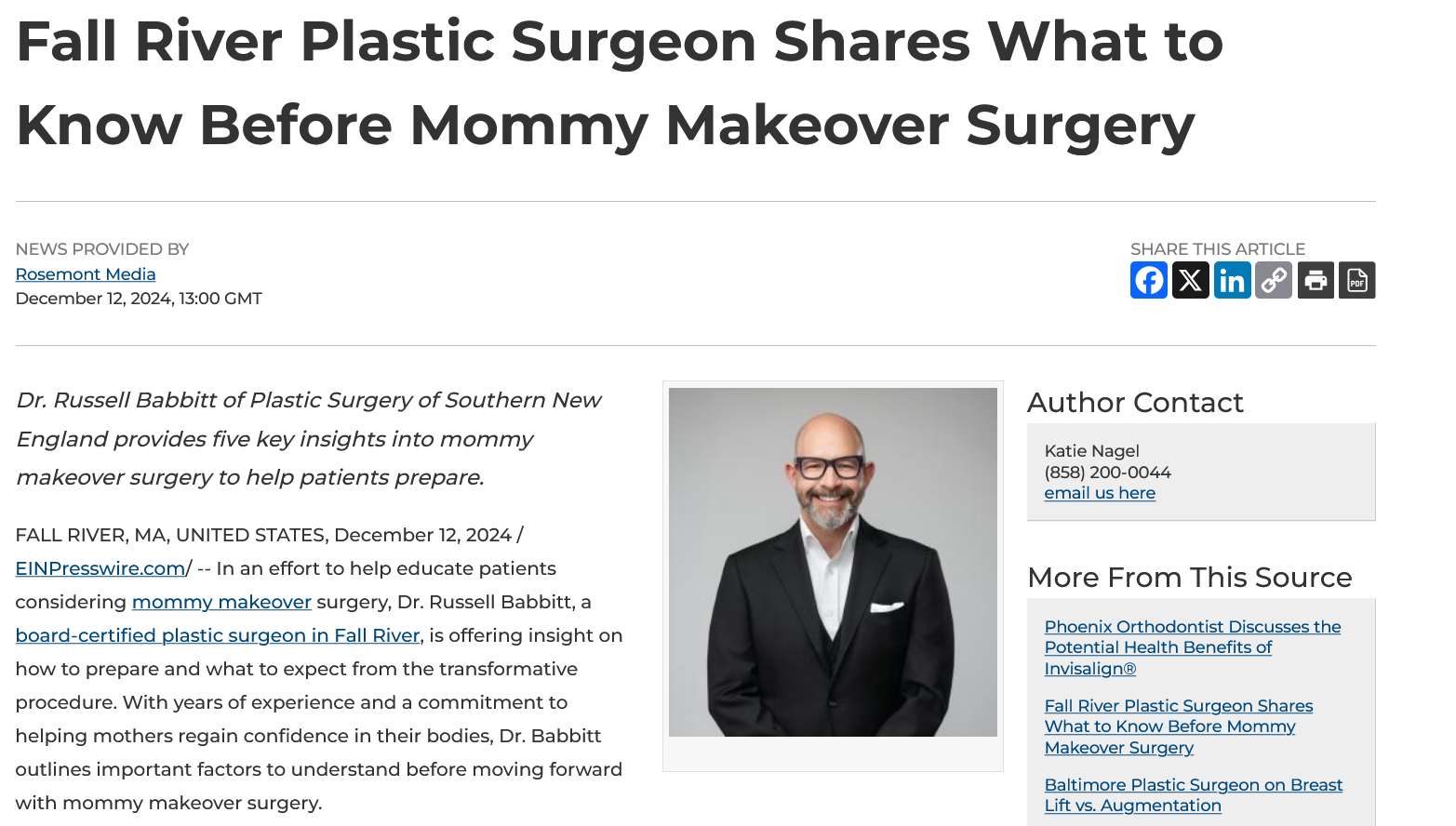Gynecomastia Surgery
Gynecomastia is a common condition involving the development of enlarged breasts that can affect men at different stages in life. Although the exact cause of gynecomastia for each individual is unknown, potential contributors include a hormonal imbalance, testosterone deficiency, genetics, certain medications, weight fluctuations or significant weight loss, use of anabolic steroids, and impaired liver function.
Some cases can occur in adolescents and improve after puberty, while others may not appear until adulthood, in which lifestyle changes may help to reduce or eliminate symptoms. Fortunately, if the condition persists, gynecomastia can be highly treatable by surgically removing excess tissue and fat to provide firmer, flatter chest contours.
Quick Facts About Gynecomastia Surgery:
- Length of Surgery: Approximately two hours
- Procedure: Outpatient procedure under general or local anesthesia
- Recovery: 1-2 weeks (office jobs/non-strenuous activities); 4-6 weeks (strenuous work/activities)
- Principal Benefits: Diminished breast tissue/fat with a firmer, flatter chest appearance
Cost: National average is $4,239.
What Are the Symptoms of Gynecomastia?
The presence of gynecomastia may vary for each patient; however, typical symptoms can include:
- Breast enlargement caused by excess glandular tissue (true gynecomastia)
- Breast enlargement caused by excess fatty tissue (pseudogynecomastia)
- A combination of excess glandular and fatty tissues
- Stretched or puffy nipples that may also be sensitive or tender
- Visibly enlarged breasts despite healthy diet and routine exercise
- Overdeveloped breasts progressing past the age of puberty
During a consultation with our board-certified plastic surgeon, Russell Babbitt, M.D., he will be able to evaluate your breast enlargement symptoms and determine the best course of action.
What Does Male Breast Reduction Surgery Involve?
Male breast reduction is a highly customizable procedure based on the surgical needs of each patient. Prior to surgery, a medical examination and MRI or mammogram will likely be conducted to better understand if the composition of the enlarged breast is mainly glandular tissue, fat, or a mixture of both.
If the composition is mainly glandular tissue, the procedure may involve removing the tissue with a scalpel. However, if fat makes up most of the enlarged breast structure, liposuction may be all that is needed to suction out the fat deposits via a thin tube called a cannula. In circumstances of equal parts glandular tissue and fat deposits, a combined approach of both treatments may be necessary. Either surgery can typically be performed as an outpatient procedure under general anesthesia within approximately two hours.

What Can I Expect in My Recovery from Gynecomastia Surgery?
Immediately following male breast reduction surgery, you can expect some degree of swelling, bruising, and discomfort around the incision/suture sites, but this should diminish with time. An important part of the healing process is consistently wearing a compression garment for at least three to four weeks to protect the incisions and reduce swelling.
With proper rest, hydration, nutrition, and following all post-procedure instructions, patients should be able to return to non-strenuous work within one to two weeks and will likely be advised to avoid strenuous activities for four to six weeks to achieve a safe, effective recovery.
How Much Does Gynecomastia Surgery Cost?
The average cost of gynecomastia surgery is $4,239 for the surgeon’s fee. Additional costs that can influence your total include anesthesia, use of the surgical facility, aftercare, and more. Each patient has a customized surgical plan created during their personal consultation that will vary based on their specific needs. Our team is available to answer your questions at any time and discuss payment options offered at Plastic Surgery of Southern New England.
For more information about gynecomastia surgery, or to schedule a consultation with Dr. Babbitt, please contact us today.









